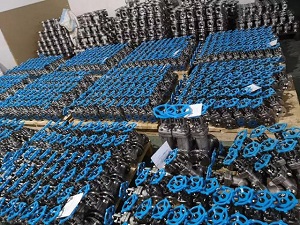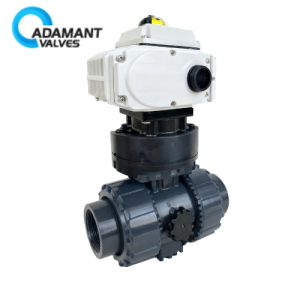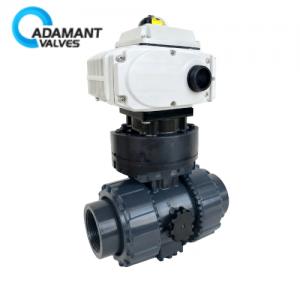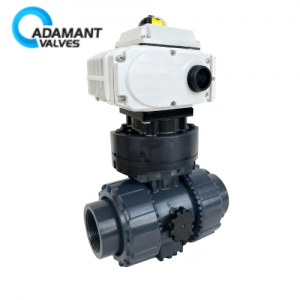The Features of Manufacturing Technique of Valves

Compared with other manufacturing techniques, the manufacturing technique of sanitary valves has the following features:
1. The manufacturing and inspection techniques of the valve blank are more complex
The casting blank of the valve is a structurally complex thin-walled shell piece. The castings require a smooth surface, and clearly cast words. In order to meet the above requirements, a series of technical measures need to be taken when we do the casting. These measures include the use of modeling materials of high refractivity, the use of a reasonable cap system, and the strict control of pouring speed and temperature. Modeling should be stratified to ensure sand hardness.
Due to the high technical requirements, the casting technique of the valve blank is much more complicated than that of the general casting.
Moreover, in addition to checking the size, location precision, and appearance, some valve blank also undergoes various tests such as microstructure, mechanical properties, corrosion resistance, and non-destructive flaw detection. Therefore, the inspection technique of the valve is more complex.
2. The installation of valve parts on machine tools is rather difficult
The structure and shape of the main parts of the valve are complex. Some parts are thin-walled, slender pieces, so the rigidity is poor. When machining on the machine tools, it’s difficult to position and clamp, so we often need to use specially-designed clamping devices.
For some valve parts, the precision of the positioning base surface is low, the surface roughness is high. Sometimes it even uses non-processing surface positioning. However, the requirement for the precision and surface roughness of the processed sealing surface is high, so it’s very hard to guarantee the processing quality.
Thus, in order to meet the needs of the technique, we often need to improve the precision of positioning the base surface and reduce the surface roughness, or produce a positioning base surface on a non-processing surface, which increases the complexity of the valve manufacturing technique.
3. Difficult to do mechanical processing
Due to the wide variety of valve materials, except for various cast iron and carbon steel, the shearing performance of most high-strength, corrosion-resistant, and high hardness materials is very poor, which makes it difficult for the parts to meet required processing precision and surface roughness.
And the requirement for the geometrical precision and surface roughness of the sealing surface of the valve is very high, this furthermore increases the difficulty of mechanical processing of the valve. Meanwhile, the valve materials have a poor shearing performance, which brings a lot of new problems to the processing method, tool materials, amount of shearing, technological equipment, etc.




